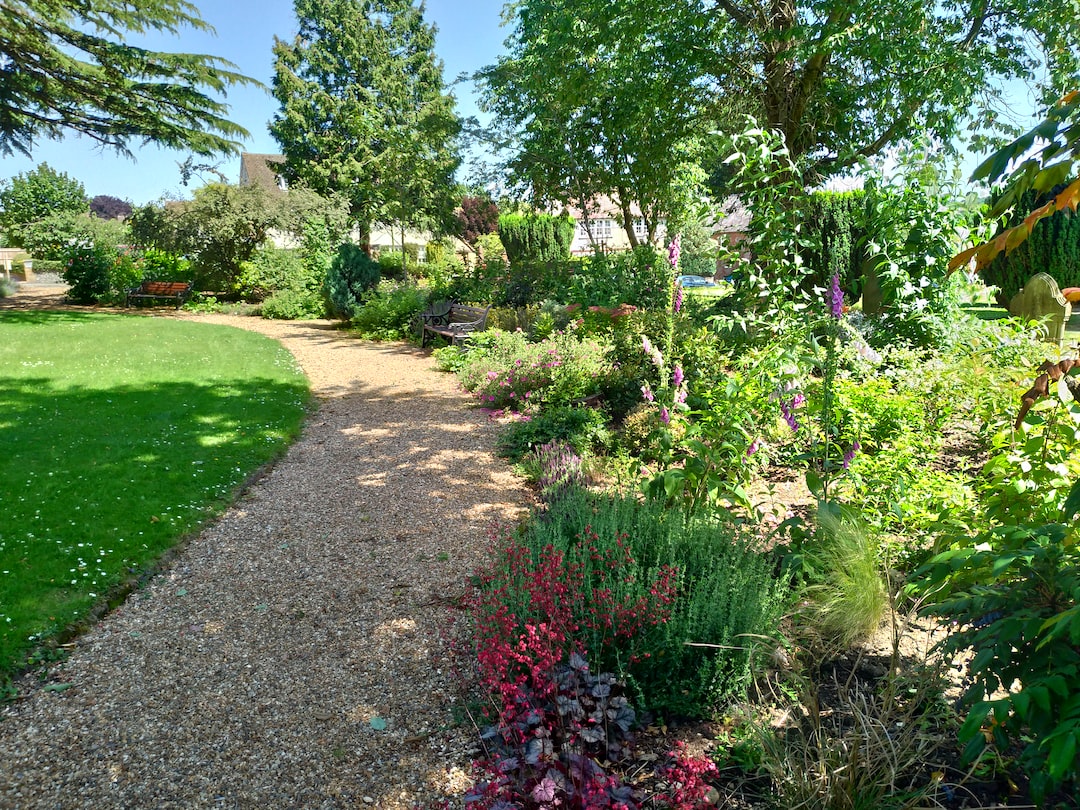Composting at Home: How to Turn Kitchen Scraps into Garden Gold
In recent years, there has been a growing interest in sustainable living practices and reducing our environmental impact. One of the simplest and most effective ways to do this is through composting at home. By turning kitchen scraps into nutrient-rich compost, we can create “garden gold” that enriches our soil, helps plants thrive, and reduces waste in landfills. In this blog post, we will explore the basics of home composting and provide you with practical tips to get started.
Firstly, let’s define composting. Composting is the natural process of decomposition of organic matter, such as food scraps, leaves, and yard waste, into a dark, crumbly substance, known as compost. This process is possible due to the activity of microorganisms, such as bacteria and fungi, which break down the organic matter into its basic components, releasing nutrients that can be absorbed by plants.
To start composting at home, you’ll need a few essential tools and materials. The most common method is to use a compost bin or pile. If you have limited space, a small, enclosed compost bin is perfect for urban gardens or balconies. Alternatively, you can create an open-air compost pile in your backyard. Whichever method you choose, make sure it allows for proper aeration and drainage.
Next, let’s talk about what you can compost. Kitchen scraps, such as vegetable and fruit peels, coffee grounds, tea bags, and eggshells, are excellent candidates for composting. However, it’s important to avoid meat, dairy products, and oily foods, as these can attract pests or produce unpleasant odors.
In addition to kitchen scraps, garden waste can also be composted. Leaves, grass clippings, and plant trimmings are ideal ingredients for your compost pile. However, avoid using plants that have been treated with pesticides, as these chemicals can harm the beneficial microorganisms in the compost.
Now that you have the materials, it’s time to start composting! To ensure a successful composting process, there are a few key factors to consider. The first is the carbon-to-nitrogen ratio, often referred to as the C:N ratio. To maintain a balanced compost, you’ll need to mix “greens” and “browns.” Greens, such as fresh grass clippings and kitchen scraps, are high in nitrogen. Browns, including dry leaves and wood chips, are high in carbon. Aim for a ratio of about 2:1, with more browns than greens, to prevent the compost pile from becoming too wet or smelly.
The second factor to keep in mind is moisture. Your compost pile should have the consistency of a damp sponge. If it’s too dry, add water. If it’s too wet, add additional dry brown materials to absorb the moisture. Regularly turning the compost pile will help with moisture distribution and accelerate the decomposition process.
Temperature is another significant aspect of successful composting. Microorganisms thrive in a warm environment, typically between 135-160°F (55-71°C). However, don’t worry about maintaining a specific temperature in your compost pile, as the decomposition will occur naturally. Turning the pile regularly will help distribute heat evenly, ensuring efficient decomposition.
Once you have your compost pile set up, it’s time to start adding materials. Layering is an effective method to create a well-balanced compost. Begin with a layer of browns, such as leaves or twigs, and then add a layer of greens. Continue this pattern until your compost pile is roughly three to four feet high. Remember to water and turn the pile regularly to maintain the ideal conditions for decomposition.
Now, the waiting game begins! The composting process can take anywhere from a few months to a year, depending on various factors, such as the size of your compost pile, the materials being composted, and the frequency of turning. However, you’ll know your compost is ready when it has a dark, earthy texture, and a pleasant smell.
Once your compost is ready, it’s time to put this “garden gold” to good use. Spread the compost over your garden beds to enrich the soil, improving its structure and fertility. Compost acts as a slow-release fertilizer, providing essential nutrients to your plants over time. Additionally, it helps the soil retain moisture, suppresses weed growth, and reduces the need for chemical fertilizers.
In conclusion, composting at home is a simple and rewarding way to reduce waste, improve soil health, and contribute to a more sustainable lifestyle. By reusing kitchen scraps and garden waste, you can create nutrient-rich compost that nourishes your plants and reduces your environmental impact. So, why not give composting a try? Your garden and the planet will thank you.

